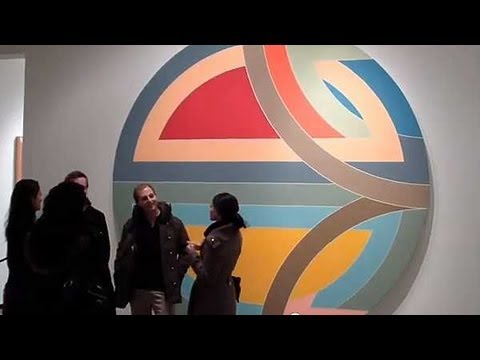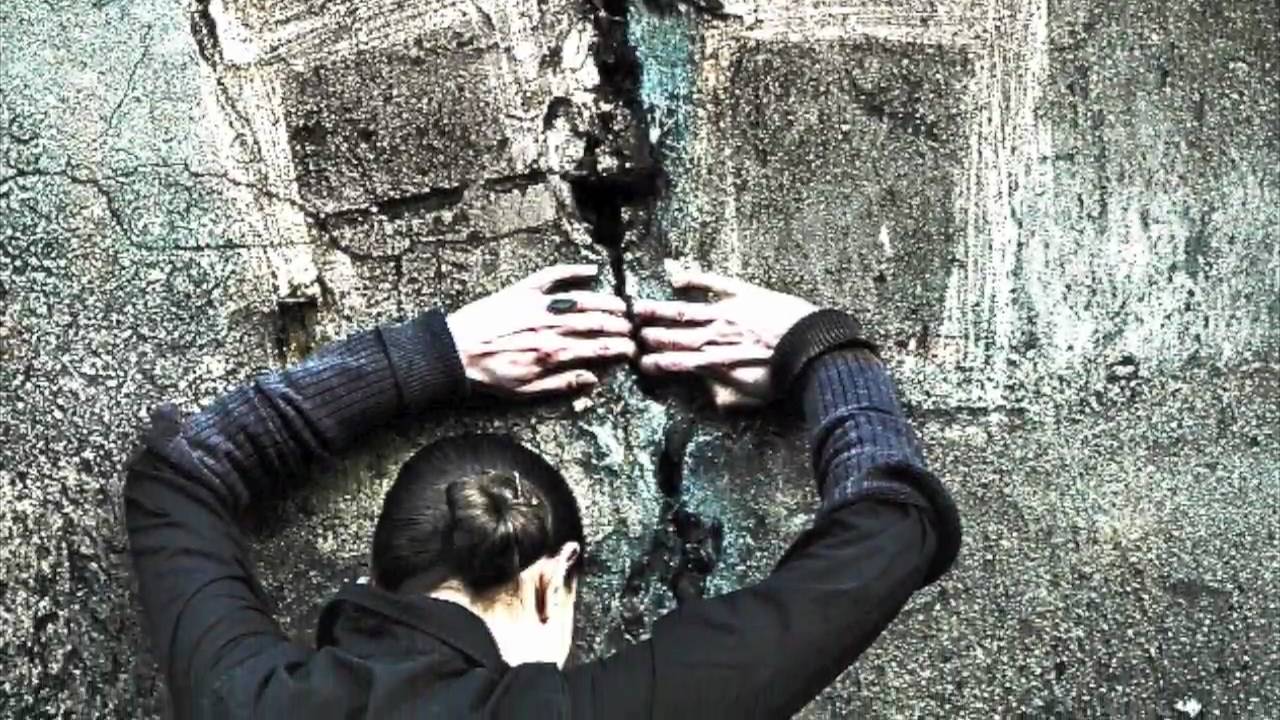ODelle Abney
Paul Kasmin Gallery is pleased to present Caro, Frankenthaler, Louis, Noland,
Olitski, Stella: Curated by Hayden Dunbar and Stewart Waltzer on view at 293
Tenth Avenue January 24 — February 23, 2013, featuring artworks by Anthony
Caro, Helen Frankenthaler, Morris Louis, Kenneth Noland, Jules Olitski, and
Frank Stella.
Caro, Frankenthaler, Louis, Noland, Olitski, Stella will present a selection of
paintings and sculptures by master abstract artists whose work, deemed radical
in the 1960s, carries a lasting influence on the art world to this day. The artists
shown in this exhibition are part of a generation of painters and sculptors who
veered away from the dominant subjective and gestural Abstract Expressionist
movement of the 1950s. The painters Morris Louis and Kenneth Noland
championed the style of painting referred to as “Color Field.” Focusing on
explorations of color and composition with an emphasis on flatness and line,
Color Field painters rejected illusions of depth and brushwork and rather,
applied color in geometric motifs spanning the entire flat surface of canvas.
Intent on erasing the distinction between the subject and its background, Color
Field painters approached each canvas as a single plane. The expansive
canvases of the Color Field Painters invite and envelop the viewer in a vibrant
atmosphere of color. Louis and Noland’s pivotal studio visit with the painter
Helen Frankenthaler in 1953 exposed them to her groundbreaking style, where
she diluted and thinned paint that seemed to intertwine with raw unprimed
canvas. This visit inspired both artists; Noland began to paint in a symmetrical
straight-edged fashion with an emphasis on geometric line and color. Louis
soaked and stained his unprimed canvases in veils of radiant translucent
thinned acrylic paint from 1954 to 1962.
Clement Greenberg proclaimed Noland and Louis major figures in American
art, naming the two artists as the successors to Jackson Pollock and Willem de
Kooning. Noland continued to influence the art world after the 1960s, breaking
boundaries of form, medium and scale in his work. Noland died in 2010 at the
age of 85. Louis’s radical approach to painting began attracting national and
critical attention around the time of his death in 1962. In 2007, Paul Kasmin
Gallery showed a selection of Louis’s work entitled “Paintings.”
In the 1960’s, Frank Stella began to gain recognition for his unusually shaped
canvases, which created a sculptural effect opposing the theory of flatness.
Stella is a recipient of many honors and awards, including the first prize at the
1967 International Biennial of Paintings. Stella’s work has been the subject of
several retrospectives in the United States, Europe, and Japan. His painting,
“Moultonville II”, 1966, was exhibited in “Color as Field: American Painting,
1950-1975,” the Smithsonian American Art Museum in 2008, along with works by
Frankenthaler, Louis, Noland, and Olitski.
Anthony Caro rose to prominence in the 1960s for his large-scale, abstract
sculptures, and is considered to be an icon for Color Field painters. During the
1960s, Caro utilized oxyacetylene welding equipment and scrap metal from
London dockyards and began to experiment with cutting, welding, and bolting
together pre-fabricated steel girders, meshes and sheet metal. The resulting
abstract sculptures explored similar topics as Color Field painters such as scale,
form, surface and space. Born in 1924 in England, Anthony Caro’s career spans
more than five decades, during which he has received numerous honors, critical
acclaim, and is renowned as Britain’s most important living sculptor. Anthony
Caro’s major exhibitions include retrospectives at the Museum of Modern Art,
New York (1975), the Trajan Markets, Rome (1992), the Museum of
Contemporary Art, Tokyo (1995), Tate Britain, London (2005). Caro lives and
works in England.
Jules Olitski is known for his desire to create colors that look like they are
diffused into the air. Olitski challenged and widened the definition of Color Field
in the 1970s by using spray paint to achieve his vision. Greenberg described
him as “the greatest painter alive” in 1990. Olitski’s first solo museum exhibition
was at the Corcoran Gallery of Art, Washington DC, in 1967. In 1969, he
exhibited at the Metropolitan Museum of Art. A retrospective was held at the
Museum of Fine Arts, Boston, in 1973.
TEXT COURTESY OF:
Paul Kasmin Gallery
293 10th Ave.
New York, NY 10001
Phone: 212.563.4474
info@paulkasmingallery.com
http://www.paulkasmingallery.com
Hours: Tuesday – Saturday, 10am – 6pm
VIDEO BY:
O’Delle Abney, Artist / Agent
NYC GALLERYOPENINGS.COM
info@nycgalleryopenings.com
Source



these large works work well